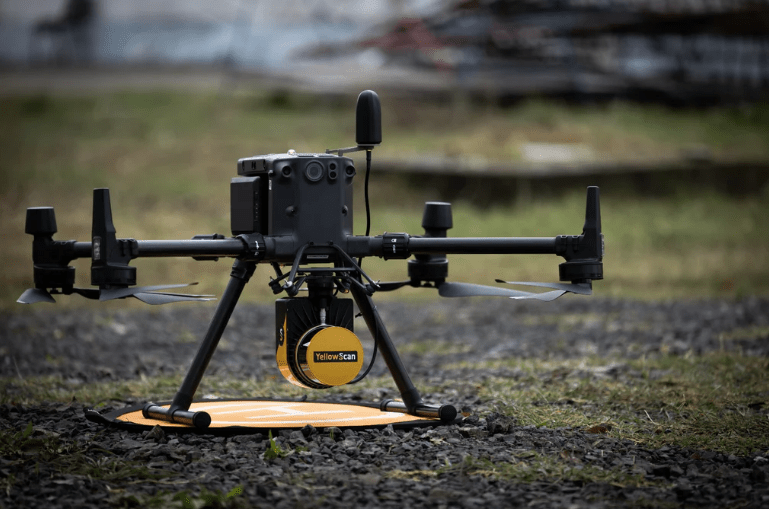We provide high-precision LiDAR surveying services for topographical and boundary surveys, tailored to both planning and construction phases.
Using state-of-the-art RTK drone technology combined with on-site GPS control, we ensure that every survey is conducted to a high degree of accuracy and precision.
We deliver all survey results in a format that suits your needs, including CAD files and BIM-compliant models.

